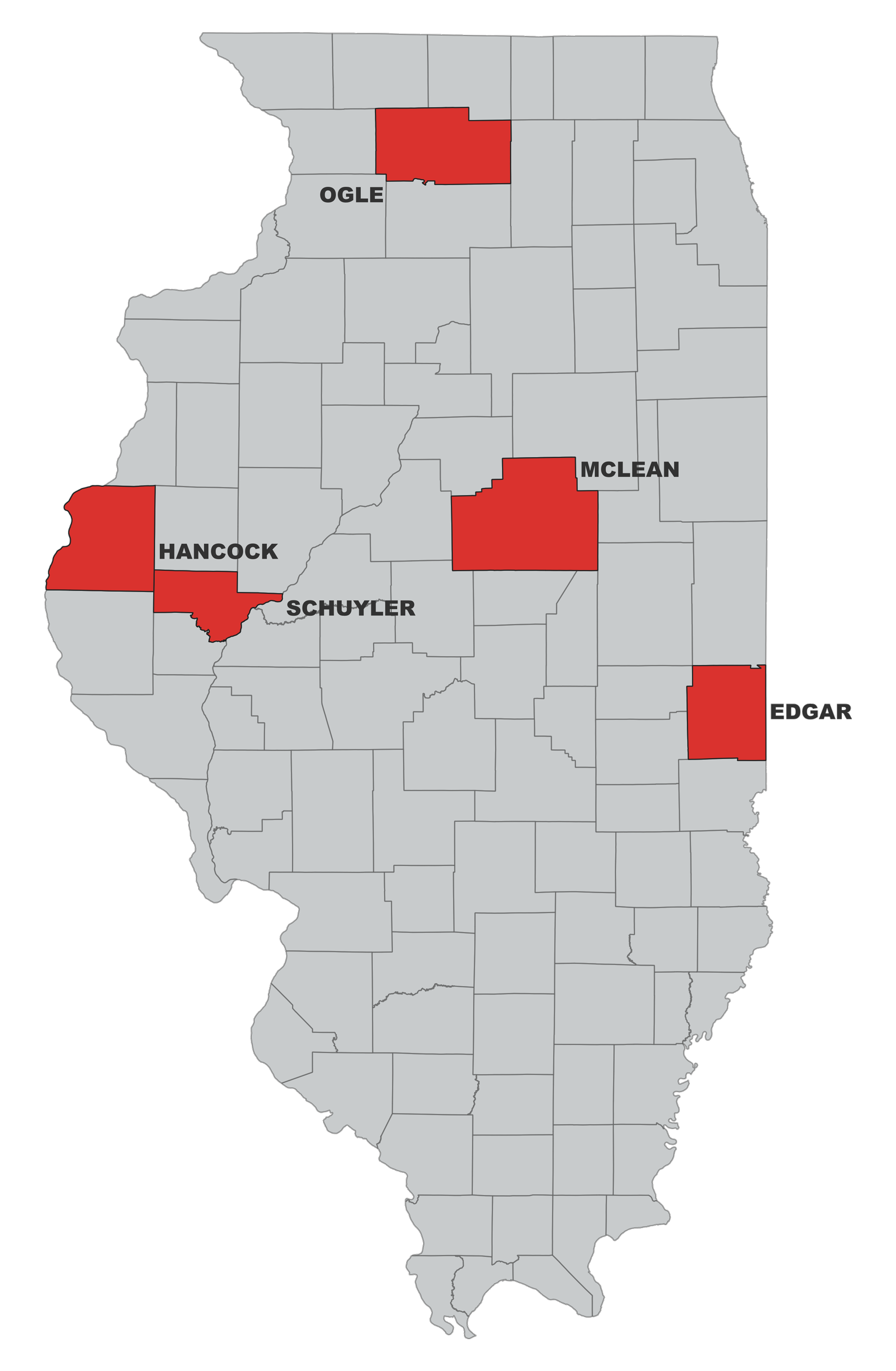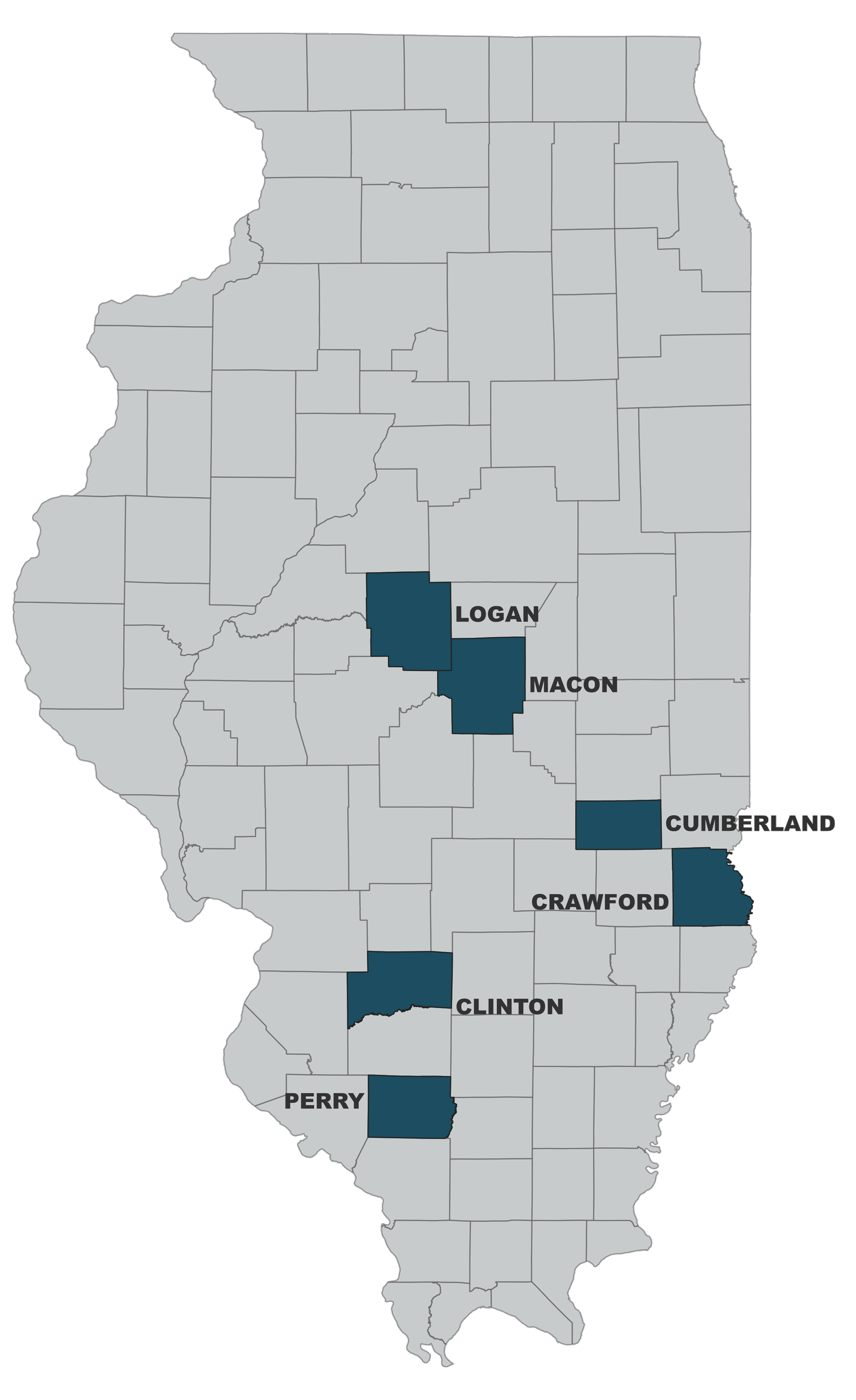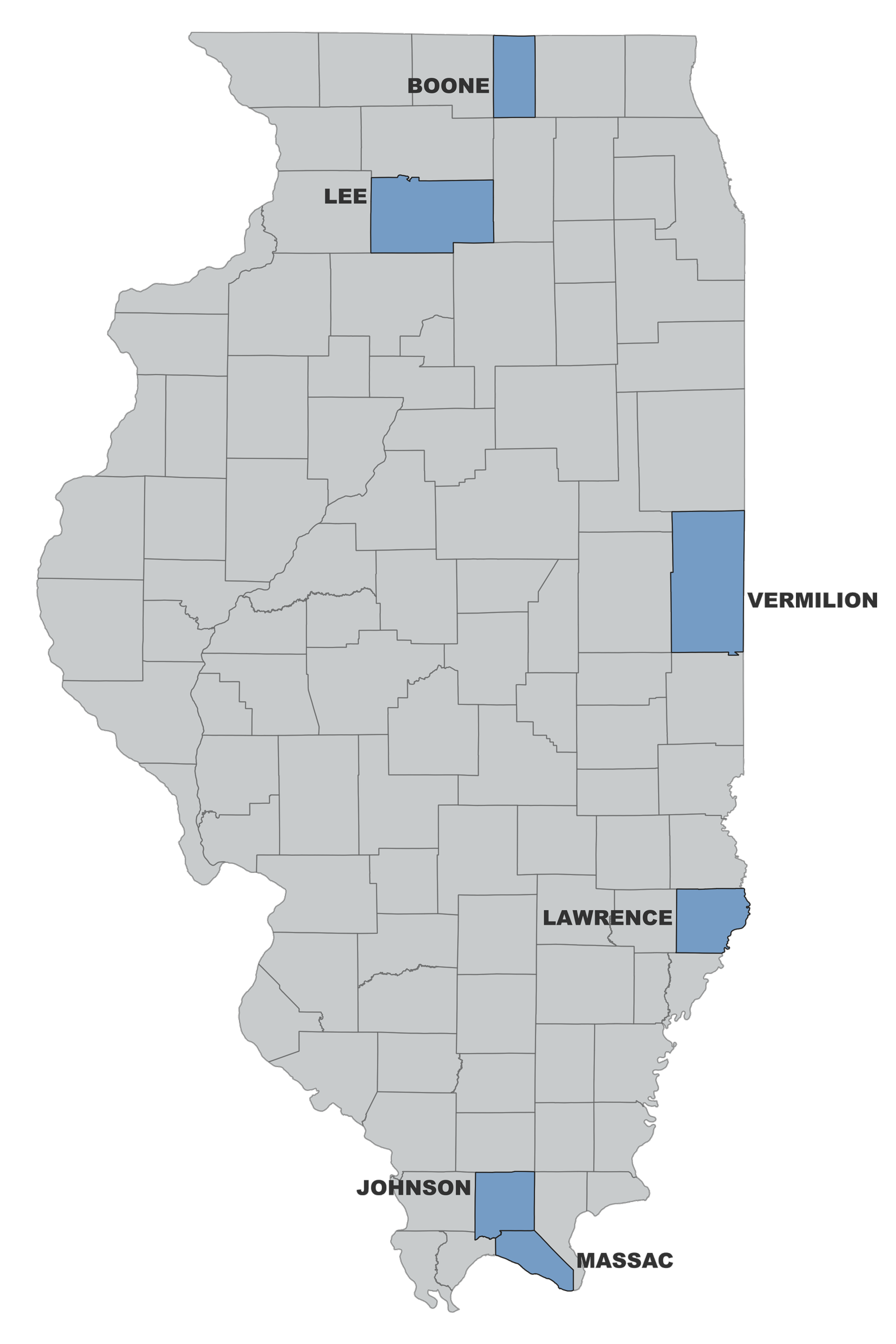Broadband Breakthrough

In early 2023, the Benton Institute for Broadband & Society piloted the Broadband Breakthrough program in five Illinois counties (Edgar, Hancock, McLean, Ogle, and Schuyler) with support from the United Soybean Board. This report follows their journey to pursue a better broadband future.
With the help of our many collaborators, we designed the program to increase communities’ ability to stimulate broadband infrastructure investment that supports larger community goals such as economic development, telehealth delivery, precision agriculture, distance learning, and civic engagement.
Illinois Soybean Association provided further funding for the continuation of the program in Illinois in 2024.
These collaborators helped communities understand their broadband needs, assets, and options.
The Illinois Soybean Association introduced the Benton Institute for Broadband & Society to the Illinois State University researchers, fostered a relationship with the Illinois Farm Bureau, provided convening space and support, and leveraged its network of 43,000 soy farmers for essential communications outreach.
The Illinois Broadband Lab, a collaboration of the Illinois Office of Broadband and the University of Illinois System, presented maps of where robust broadband is and is not so communities and their chosen internet service providers can focus on where to build reliable networks capable of robust download and upload speeds.
University of Illinois Extension helped communities create surveys that asked residents about the quality of their broadband service, including speeds. Illinois Extension analyzed survey results for the communities and educated them on how to use the data.
A research team at Illinois State University (ISU), through funding support from the Illinois Innovation Network, provided two open-source tools that helped communities quantify the value of high-performance broadband based on its impact on the farming economy and mapped vertical assets that might be used while deploying broadband networks.
A Wireless Research Center report helped communities assess the benefits and challenges of various modes of wireless broadband in a rural setting as a supplement to wired connectivity.




